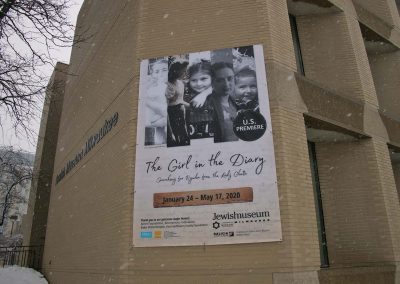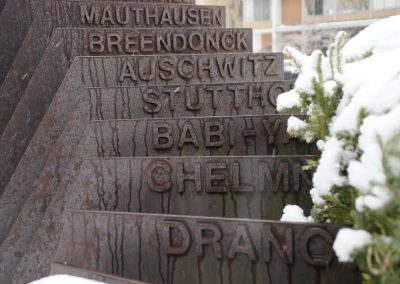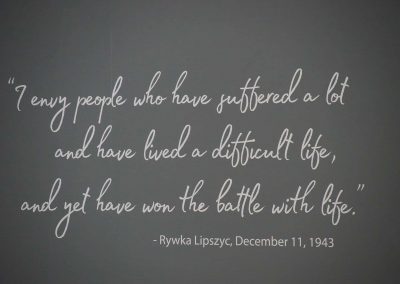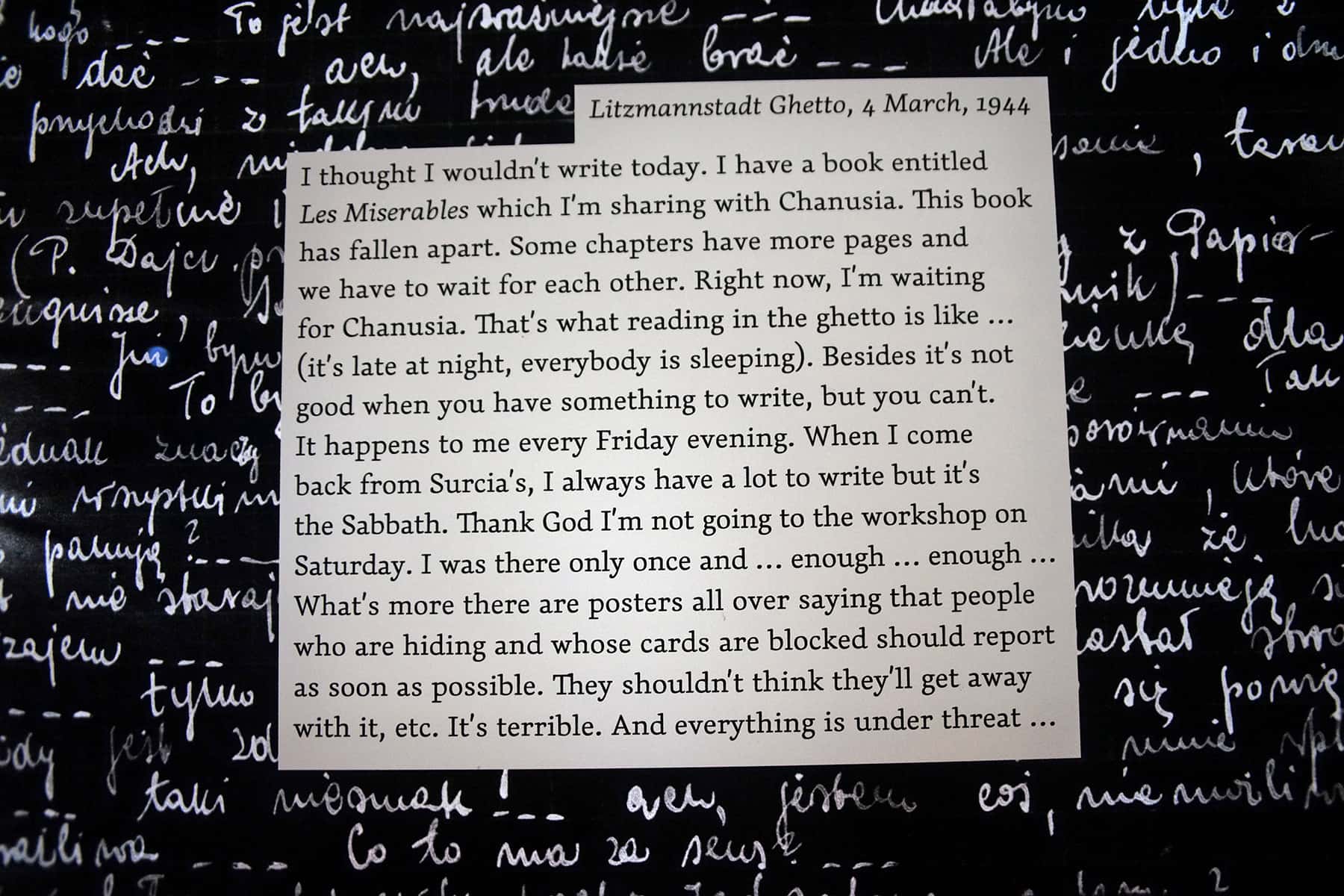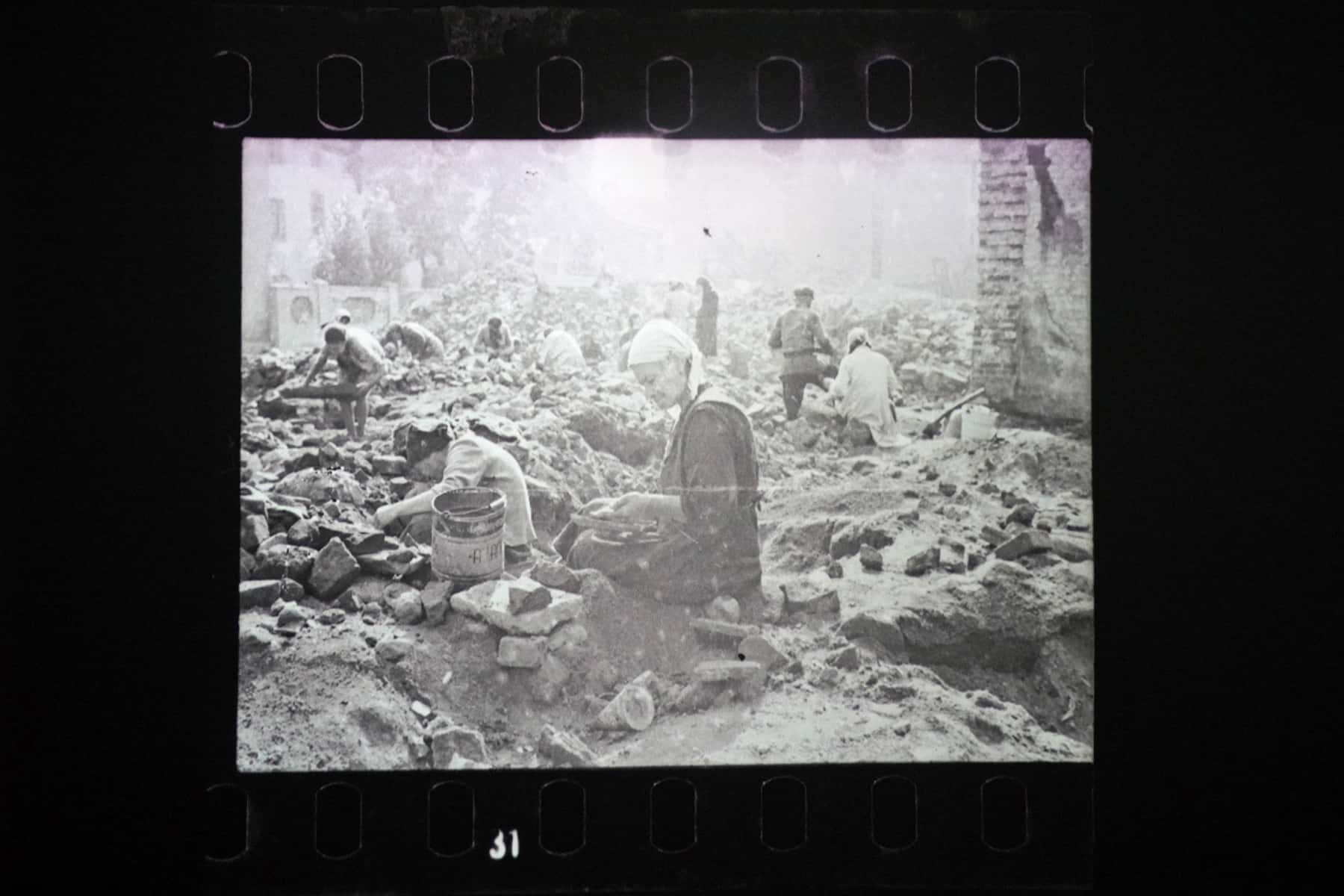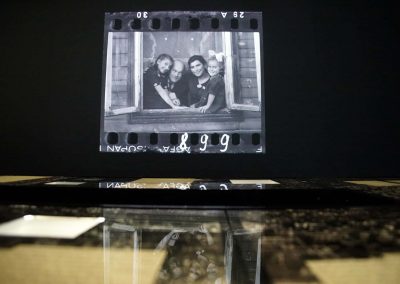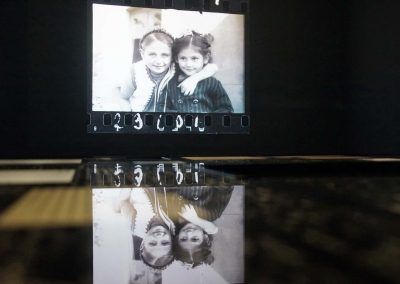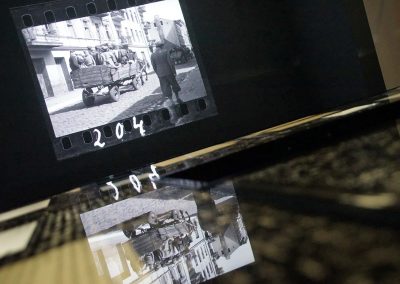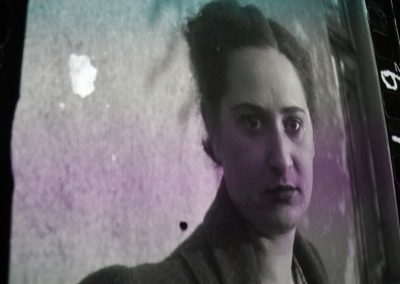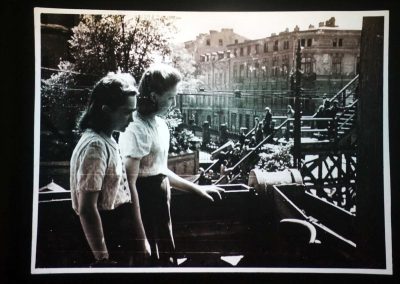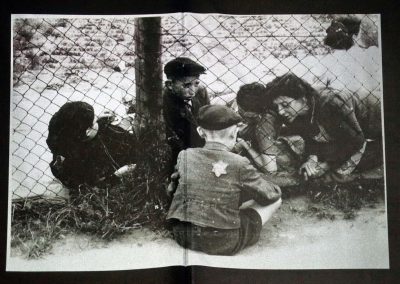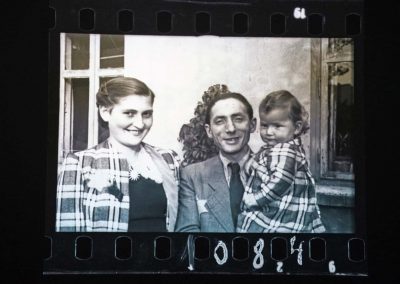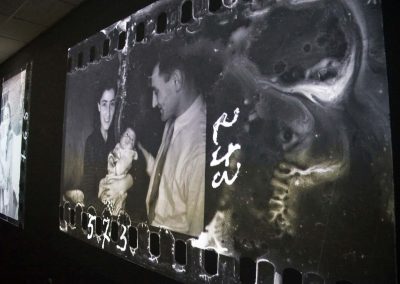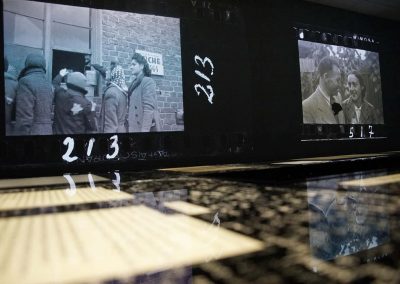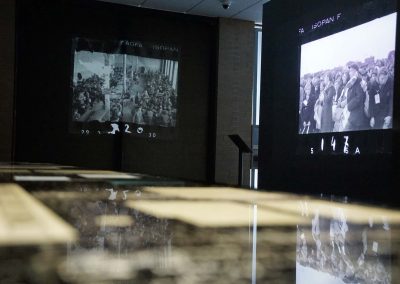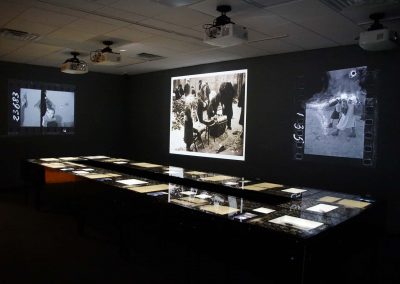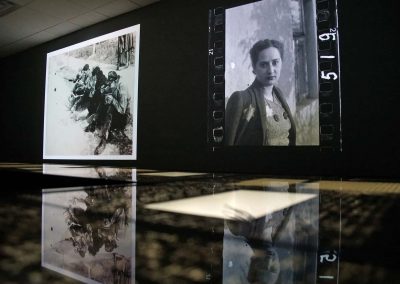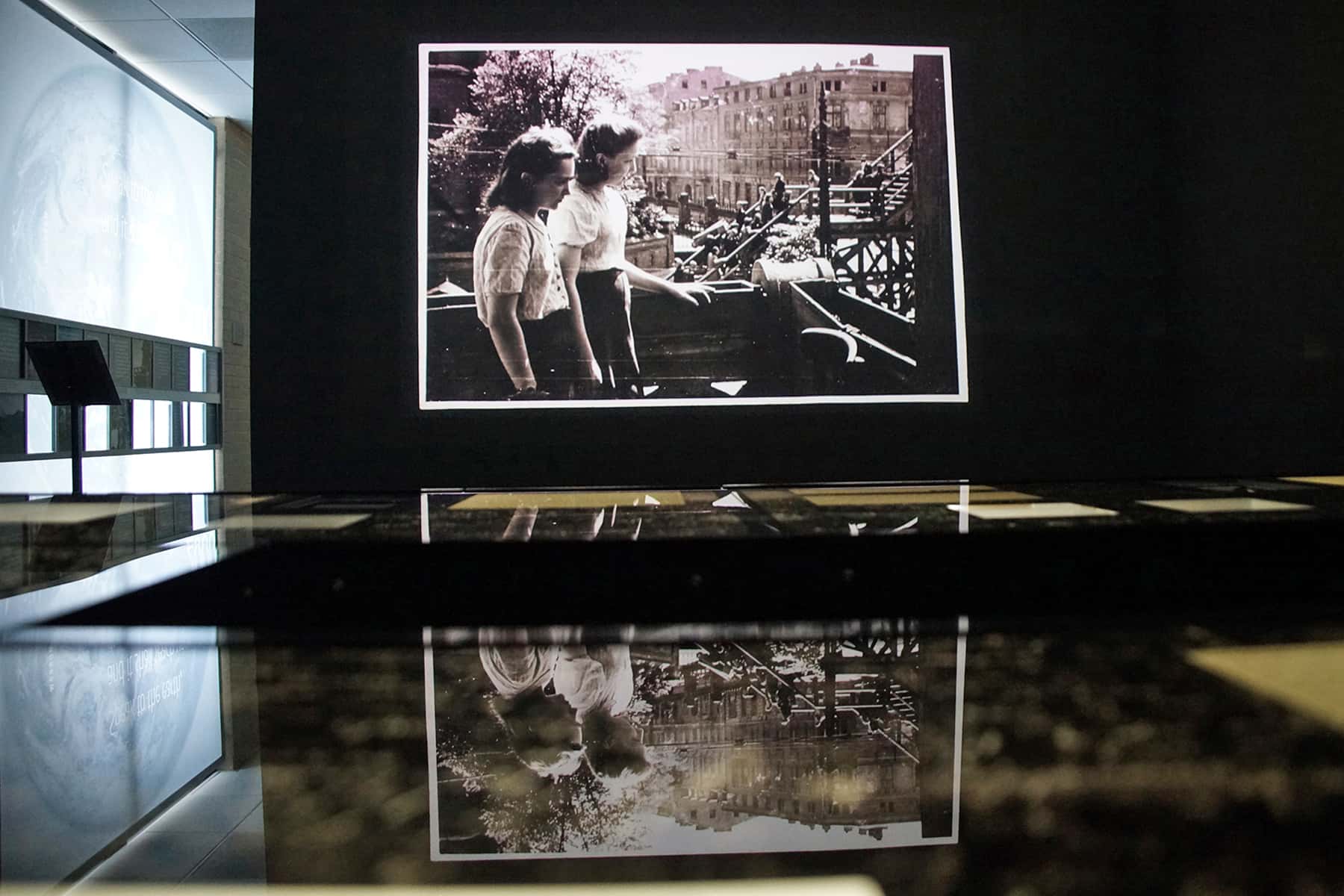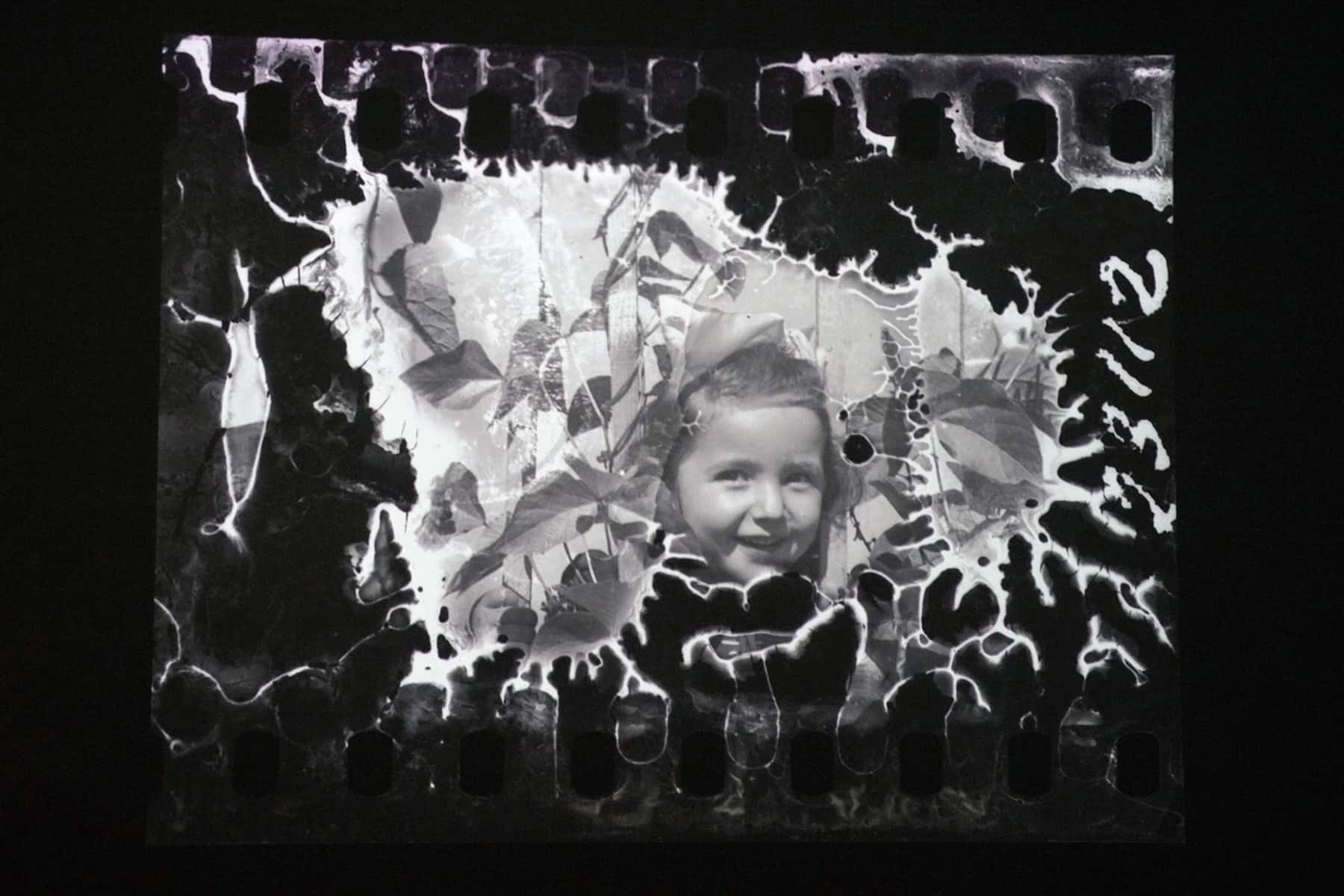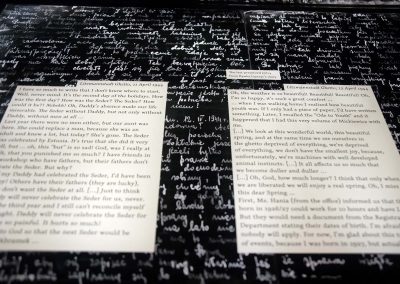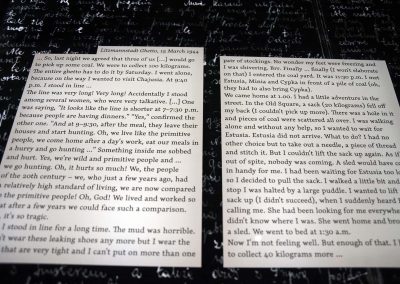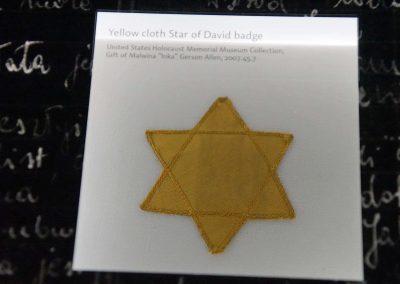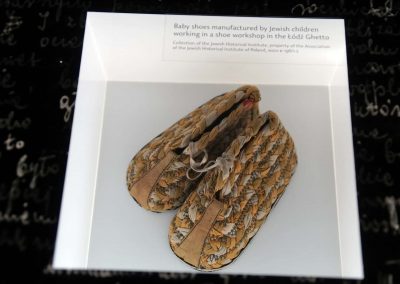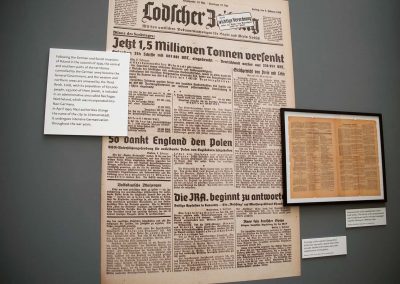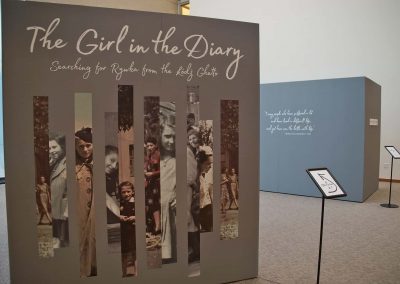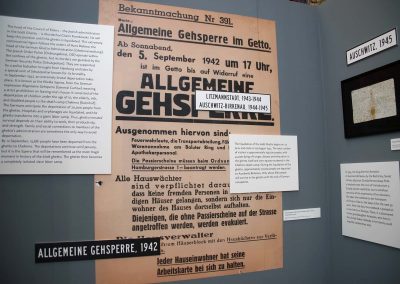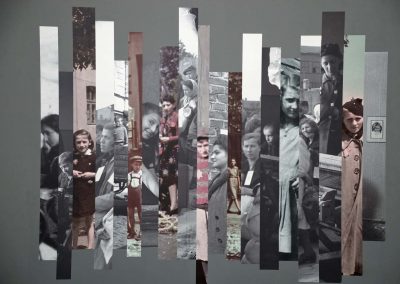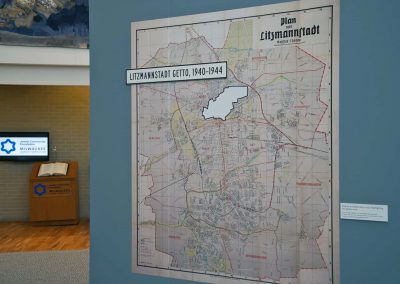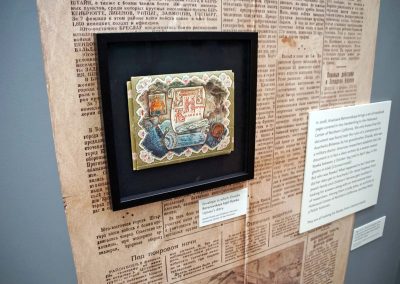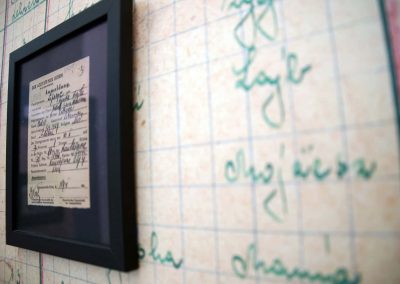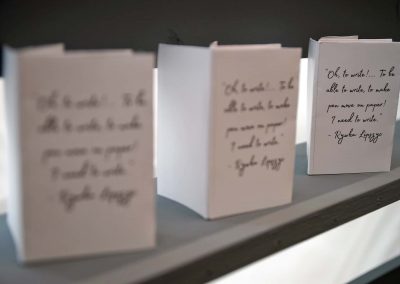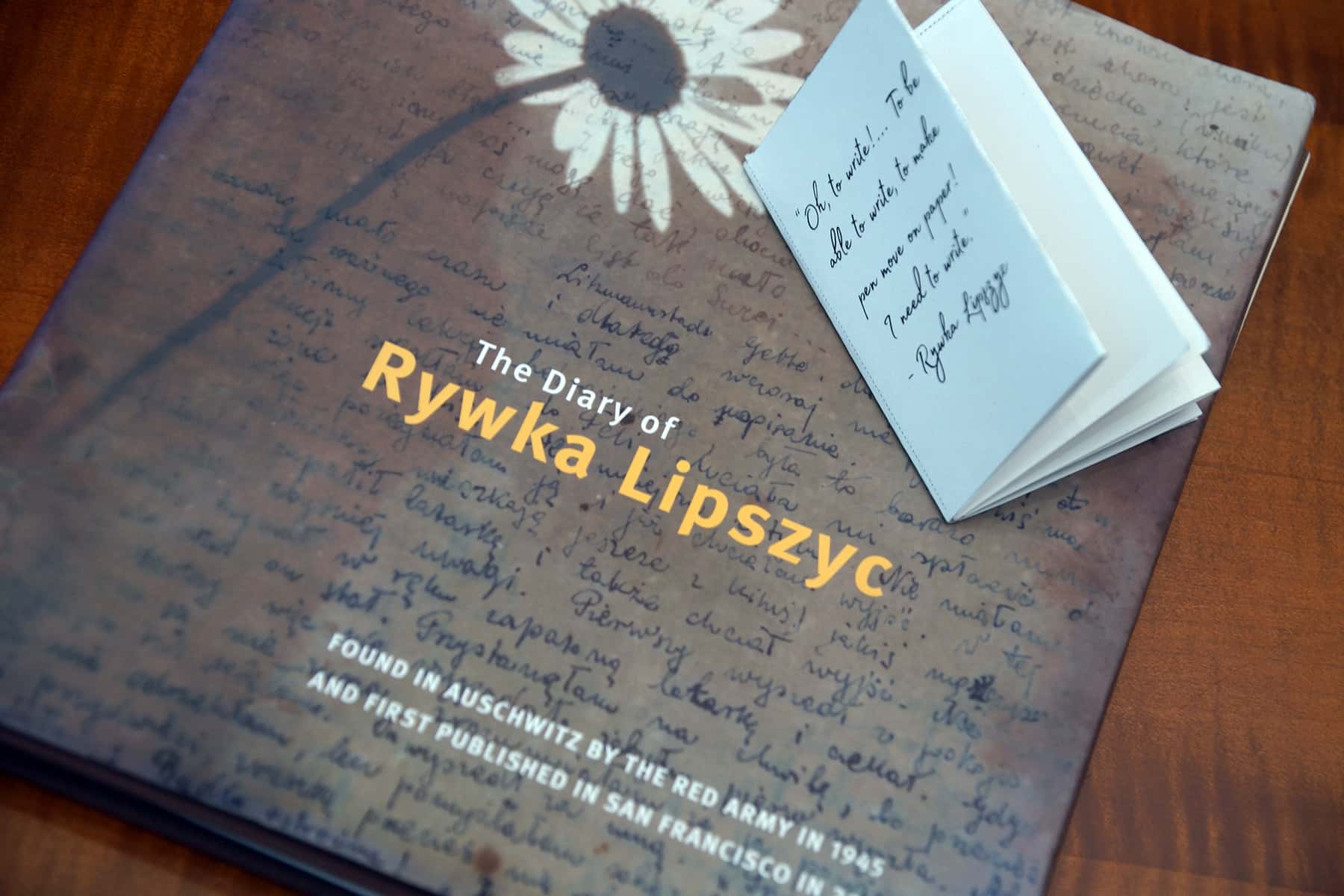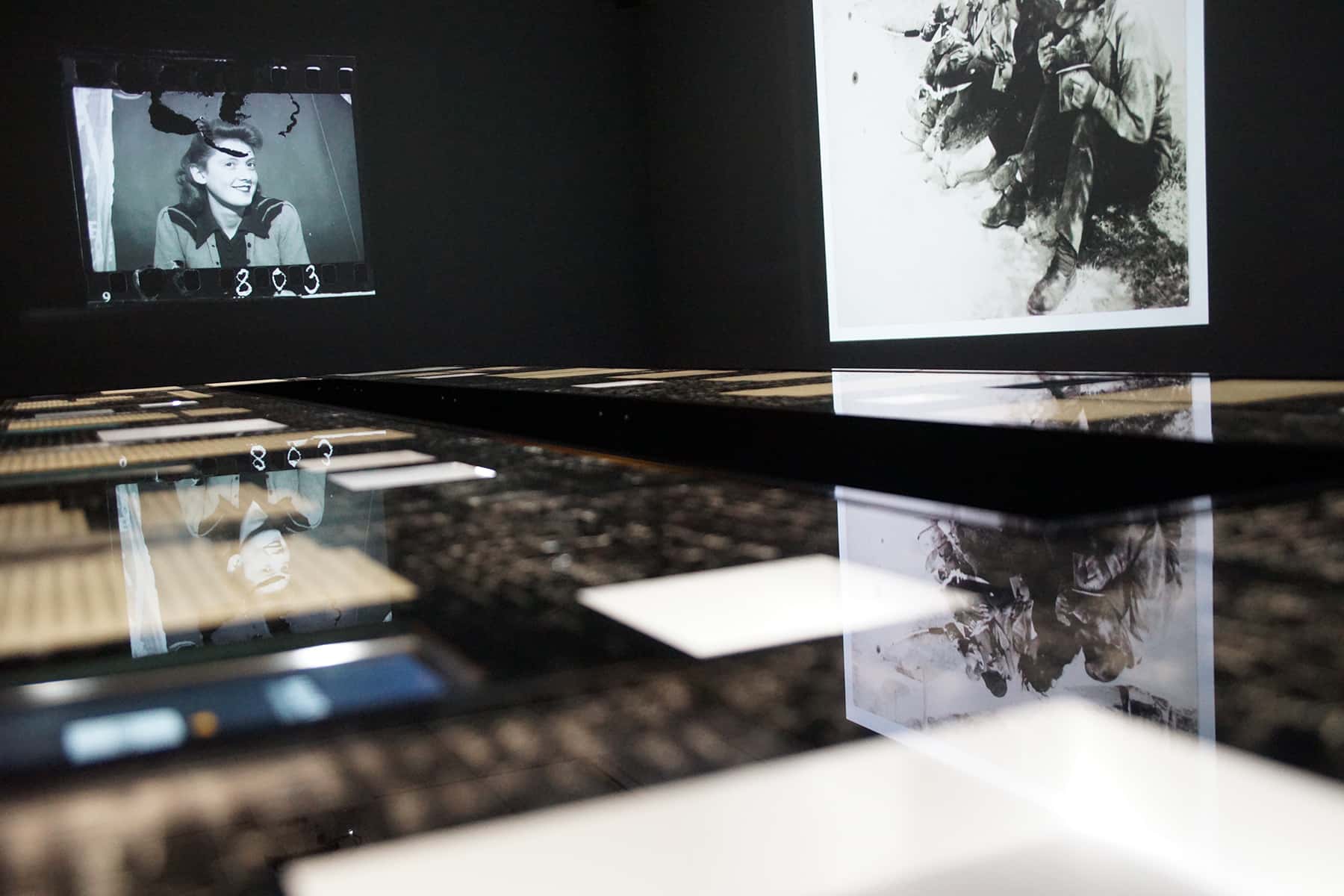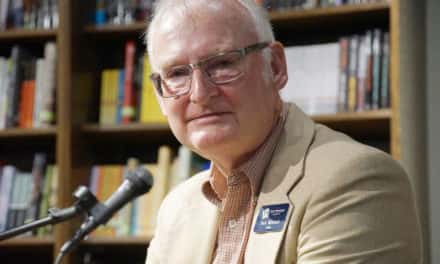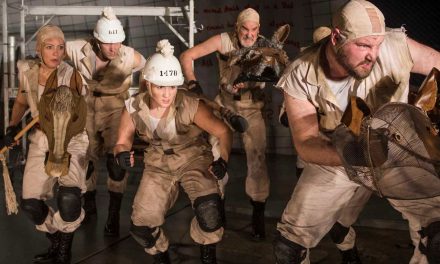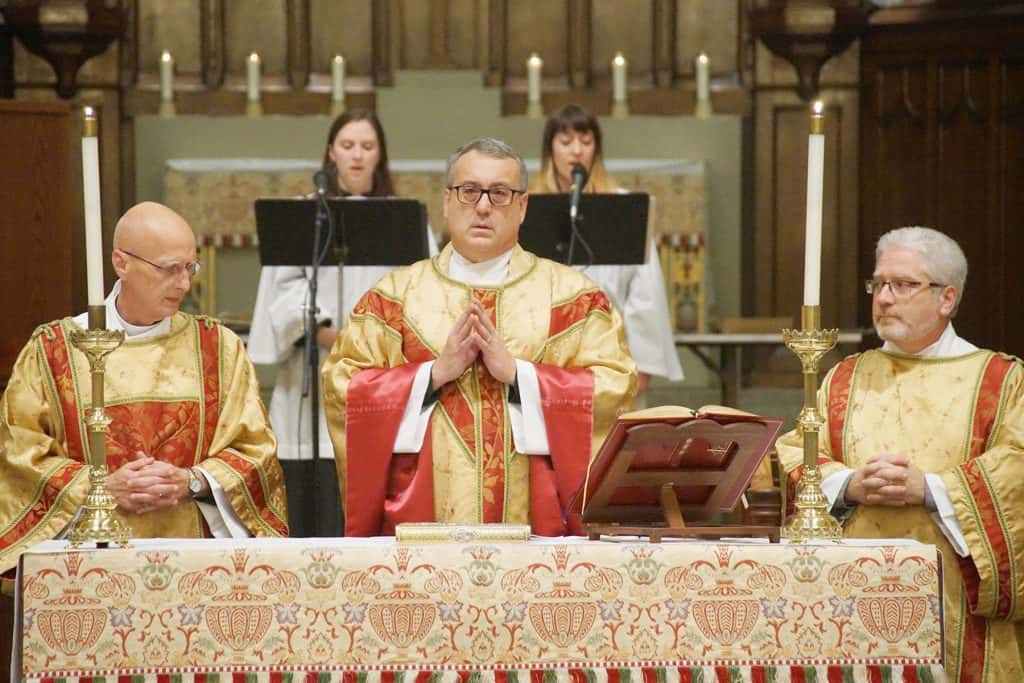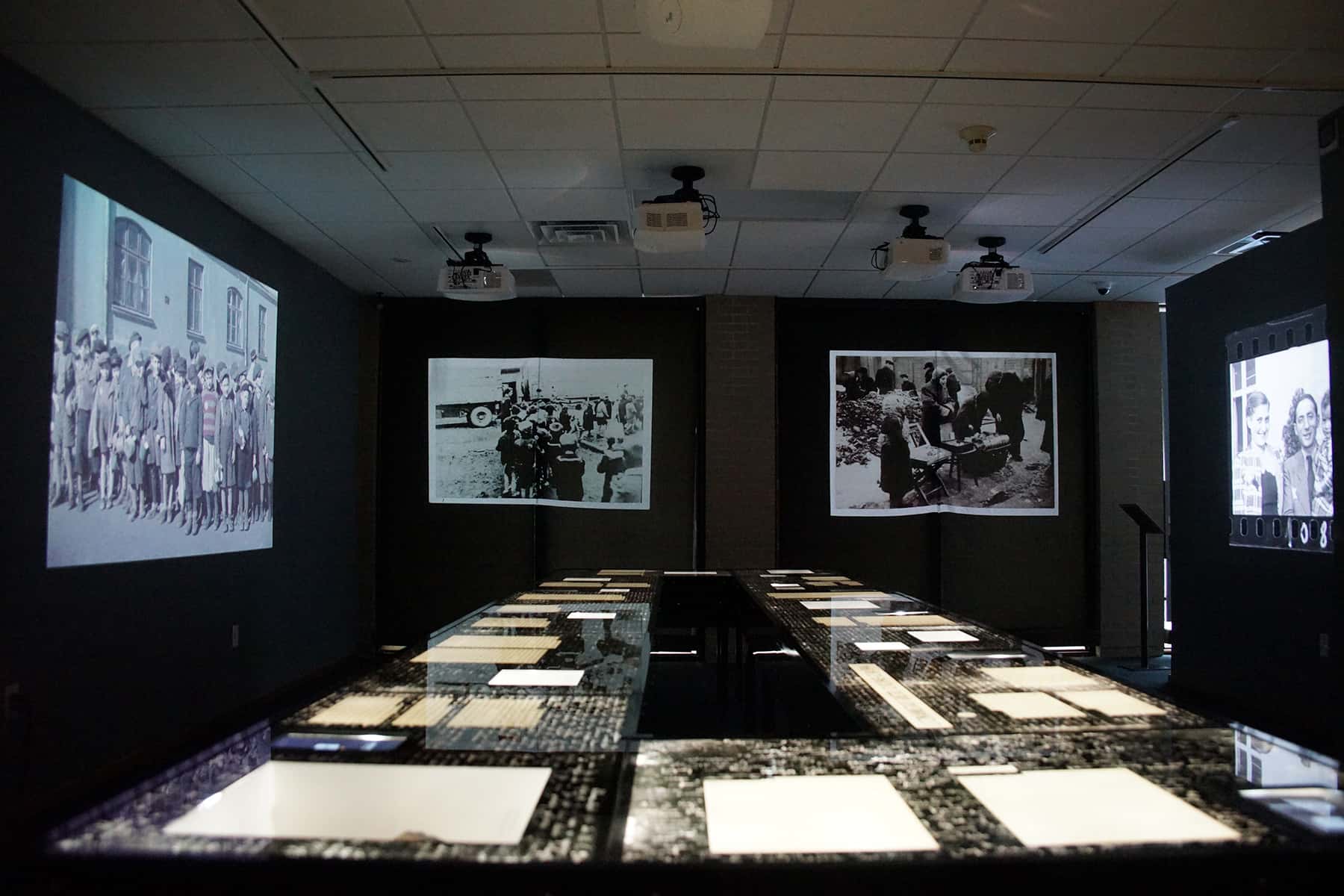
A diary found in the rubble of the Auschwitz-Birkenau concentration camp went on display for the first time in the United States in Wisconsin’s only Jewish museum from January 23.
The Jewish Museum Milwaukee’s (JMM) exhibit sheds new light on the diary found when the camp was liberated 75 years ago this month. The exhibit is organized around a 112-page diary written by teenager Rywka Lipszyc (pronounced “Rivka Lipschitz”) in the Lodz Ghetto between October 1943 and April 1944.
“I am just a tiny spot, even under a microscope I would be very hard to see – but I can laugh at the whole world because I am a Jew. I am poor and in the ghetto, I do not know what will happen to me tomorrow, and yet I can laugh at the whole world because I have something very strong supporting me – my faith.” – Rywka Lipszyc
“As time passes, there are fewer and fewer remaining Holocaust survivors sharing their first-hand accounts of this critically important time in our history. We have to look to artifacts more and more to give a personal voice to this story, and that’s exactly what Rywka’s diary does,” said Molly Dubin, curator of the Jewish Museum Milwaukee.
Organized by the Galicia Jewish Museum in Krakow, Poland, The Girl in the Diary: Searching for Rywka from the Lodz Ghetto runs until May 17, before moving on to Texas, Michigan, and California. The exhibit opened in Milwaukee just before the International Holocaust Remembrance Day on January 27, which commemorates the anniversary of the liberation of Auschwitz. Dubin worked on getting all the exhibit pieces translated from Polish to English, and bringing additional artifacts from the Holocaust Memorial Museum in Washington DC to Milwaukee.
“We do have diaries from a number of young individuals that survived or perished in the Holocaust. And somehow their writings were buried or passed along and then found later,” Dubin said. “But we don’t have a lot of female voices. The closest we had, of course, can make that jump to Anne Frank. But the majority are young male voices. So to have this young female voice and to have a voice from a young Orthodox woman is also really interesting because in her diary, she not only records the day-to-day life in the Lodz Ghetto during a period that we really didn’t have previously a lot of documentation about. But she also is coming of age.”
In 1945 a Soviet doctor found the diary, written in a school notebook, in the rubble of the liberated Auschwitz-Birkenau camp. The book’s pages are the testament of a Jewish girl who lost her siblings and parents, but never lost hope.
More than 60 years after its discovery, the diary traveled to the United States to the Holocaust Center of Northern California where Dr. Anita Friedman and an international research team began the task of trying to locate answers about the notebook and its writer.
Lodz Ghetto, 12 April 1944
How beautiful the weather is today! [..] A thought came to my mind that we are deprived of everything in this ghetto, we are nothing but slaves; with all my willpower I am trying to push these disturbing thoughts away, not to spoil my little moment of joy. It is so hard! How long, O Lord? I think that the real spring will come only when we get liberated. Oh, how I miss this dear and truly grand Spring…
The exhibit was first showcased at the Galicia Jewish Museum in 2017. Jakub Nowakowski, museum director of the Galicia Jewish Museum, explained the significance of Rywka’s diary.
“She’s not writing about big things like the beginnings of the war or the politics. She writes about daily things. She writes about being hungry, or about being lonely, about losing her siblings and parents. She finds a source of help in her devotion to God,” said Nowakowski.
Rywka’s diary, a moving memoir of life and adolescence in the Lodz Ghetto, is the starting point for the exhibit. Selected passages are displayed on a large interactive multimedia light table and are supplemented by expert commentary from historians, doctors, psychologists and rabbis. These commentaries provide context of the times and events Rywka refers to in her diary.
The historical and intimate artifacts displayed in the exhibit, including a brooch with a cut-out design of the fence and Jewish quarters sign, a hand carved wooden box made and used in the Lodz Ghetto, and a pair of baby shoes handmade by children in the Lodz Ghetto, serve as witness to the personal dimensions of the Holocaust. The exhibit also includes photographs of people, forced labor and conditions in the Lodz Ghetto, taken by order and clandestinely, projected onto the surrounding walls.
Rywka’s story offers a rare female perspective, as the majority of known Holocaust-era diaries were written by young men. The story presented in the exhibit is mainly that of women – the women who fought for survival in the Lodz Ghetto and in concentration camps. It is filled with their pain, longing, fear, daily battles, and their courage. At its heart, it is the story of a journey in search of Rywka and her fate – a story still being written.
“What happened to Rywka at the end of and following the war is still a mystery. We’re honored and humbled to be the first museum in the United States to share her story and invite people to experience it for themselves,” added Dubin.
The exhibit’s premiere also comes just after Wisconsin state lawmakers began circulating a proposed bill for signatures that would require the state’s middle and high schools to teach students about the Holocaust and other genocides in social studies classes. The bill was encouraged by member’s of Milwaukee’s Jewish community and lawmakers who were concerned about the increase in hate crimes and antisemitic attacks.
© Photo
Lee Matz


